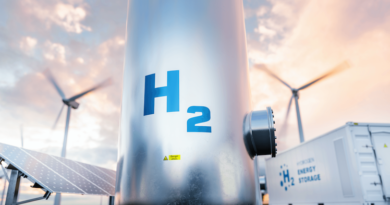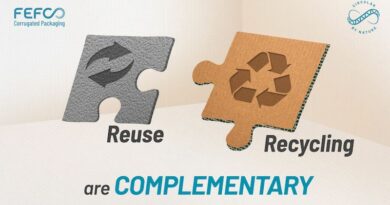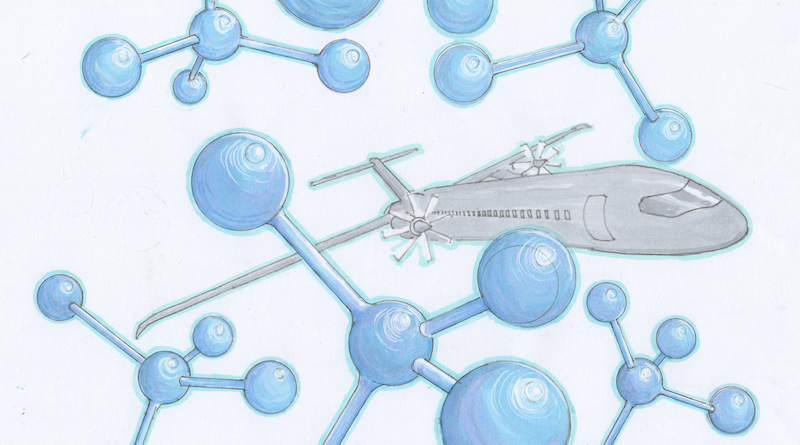
Hydrogen: Promising Zero-Carbon Technologies for Future Aircraft
The Clean Sky 2 Joint Undertaking’s ambition is to enable step change in aviation’s environmental and climate impact, and lay the ground work for the EU aviation sector to reach climate neutrality by 2050 in line with the European Green Deal’s objective. In order to achieve this, an ambitious agenda is in progress to deliver technologies across the aircraft’s overall architecture, its aerodynamics, structural design, propulsion and on-board systems. Clean Sky has built a remarkable eco-system across the full breadth of the EU involving over 900 participating organisations, including a significant participation of European SMEs and universities, as well as research organisations and industry.
As is often noted, there is no single ‘silver bullet’ to transform aviation into a low- or zero-carbon sector. We need to work all angles on the aircraft.
Analysis performed in the early stages of preparing the next decade of research and innovation (e.g. in the EU under the Horizon Europe framework) has shown that technological advances in the next decade can help reduce aviation’s energy intensity by around one third to one half.
This is an essential step towards a low-carbon and ultimately climate-neutral system as the single biggest contribution is always ‘using less’ and driving for energy efficiency. The final push is certain to also need a re-think and reconsideration of the energy sources on board the aircraft, i.e. the transition away from fossil fuels towards low- or zero-emissions energy sources.
However, the aviation sector is, beyond any doubt, one of the most difficult sectors to decarbonise. It is energy-intensive, characterised by capital-intense equipment with extremely long life cycles, and is obviously safety critical. And crucially when comparing to sectors ‘on the ground’, aircraft weight/mass constraints preclude many potential low-emissions technologies that simply ‘won’t fly’ given the need for very high energy mass-density. Current battery technology is one example where, despite big advances in power density, the state-of-the-art is still several factors below what would be needed for major adoption in large commercial airliners.
Hydrogen is an alternative energy source which could significantly reduce aviation’s climate impact. It eliminates carbon dioxide (CO2) emissions in flight and when it is produced carbon-free (i.e. through renewable energy sources) it creates a true zero-carbon solution to flying.
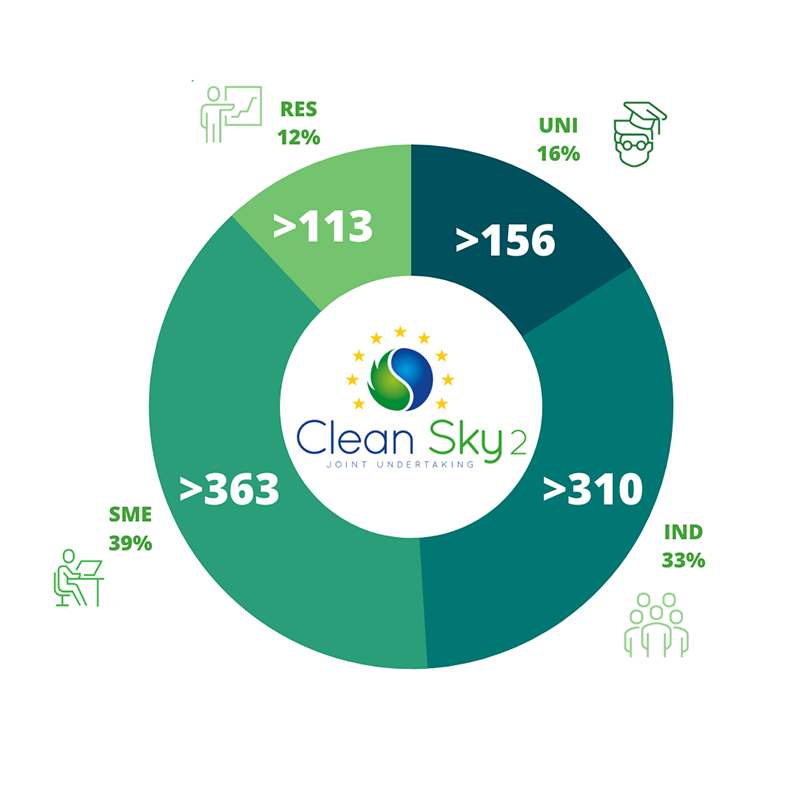
The climate impact of aviation, as measured by the global warming potential of its emissions, is not just a matter of CO2. Aircraft impact the climate through non-CO2 emissions as well, i.e. nitrogen oxides (NOx), soot, and water vapour, which create contrails and cirrus clouds. However, of all emissions species, it is undoubtedly CO2 that has the longest ‘latency’ in the atmosphere and its effect can be present over several decades. Taking into account the relative contributions of all emissions and the uncertainties of these effects, the latest estimates show that hydrogen combustion could reduce climate impact in flight by 50 to 75 percent, and fuel-cell propulsion by 75 to 90 percent.
The Clean Sky 2 Joint Undertaking, in collaboration with the FCH 2 Joint Undertaking, recently assessed the full potential of hydrogen (H2) propulsion to reduce aviation’s climate impact through a study performed by McKinsey & Co. under a tender awarded in 2019 and concluded last year
(https://www.cleansky.eu/publication/hydrogen-powered-aviation).
The study concluded that hydrogen propulsion has the potential to be a major part of the future propulsion technology mix with the potential to make climate-neutral aviation by 2050 a reality. However, as a highly disruptive innovation, it will require significant research and development, investments, and accompanying regulation. It is a high risk but high reward technology solution for a game-changing impact!
Indeed, several technological challenges still need to be overcome: enhancing the overall efficiency of hydrogen storage on-board with lighter tanks and fuel cell systems, liquid hydrogen (LH2) distribution within the aircraft, turbines capable of burning hydrogen with low-NOx emissions, and the development of fast, safe, reliable and efficient refuelling technologies with flow rates comparable to kerosene so that aircraft turnaround times at airports remain competitive.
Assuming these technical challenges can be overcome, hydrogen-based propulsion can be a significant enabler in the quest for ‘climate-neutral aviation’ by 2050. But the challenges and the intrinsic qualities of hydrogen versus liquid fuels such as kerosene, in particular the energy density in volumetric terms, mean that it is likely to be best suited for commuter, regional, short-range, and medium-range aircraft.
For commuter and small regional aircraft, fuel cell-powered propulsion emerges as the most energy-efficient, climate-friendly, and promising option. For short-range aircraft, a hybrid propulsion approach (H2 combustion and fuel cell) could be best suited, or simply H2 combustion in advanced aero-engines.
In terms of fleet share and flight ranges, almost 80 percent of emissions come from flights up to 7,000 kilometres and cover 95 percent of the total number of flights. Flights spanning less than 3,000 kilometres and independent from the aircraft size account for more than 50 percent of today’s total aviation CO2 emissions. The main focus of decarbonising aviation should be on short-range aircraft flying less than 3,000 kilometres, as well as on medium-range aircraft up to 7,000 kilometres.
While hydrogen is technically feasible for evolutionary (tube-and-wing) aircraft operating flights above 10,000 kilometre range, it is likely to remain less suitable from an economic perspective.
As a consequence, although hydrogen could power short-range aircraft with an entry into service as early as 2035, low- (net) carbon liquid fuels are likely to be the more cost-effective decarbonisation solution for the long-range market segment for a considerable time. But even in the case of synthetic liquid fuels such as ‘Power-to-Liquid’ kerosene, hydrogen will be required as one of the basic constituents for synfuel production.
Feasibility and economic analyses show hydrogen can be a major part of aviation’s future technology mix. If hydrogen-powered aircraft are deployed in segments where they are the most cost-efficient means of decarbonisation, they could account for 40 percent of all aircraft by 2050, with this share further increasing after 2050.
To make this a reality, bold steps need to be taken urgently to initiate a path towards decarbonisation of the air transport sector through hydrogen. The industry needs to change trajectory today, as the development phase and certification of new aircraft prior to their commercialisation can take more than 10 years, and substantial fleet replacement another 10-20 years. To transition to a new propulsion technology, a sector roadmap to reduce climate impact, a step-up in Research & Innovation (R&I) activity and funding, and a long-term policy framework will be required.
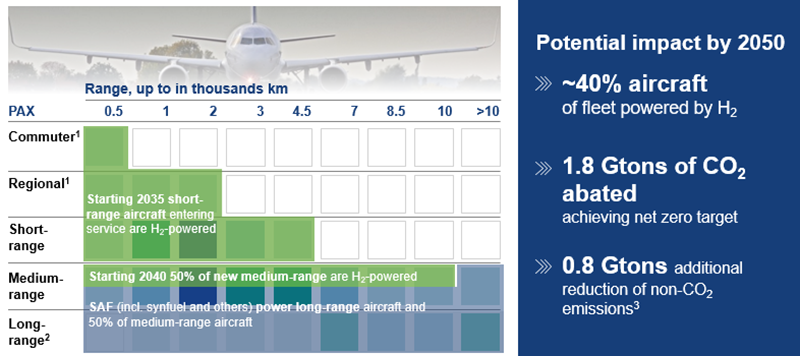
The sector roadmap needs to set the ambition level, align standards, derive safety measures, coordinate infrastructure build-up, overcome market failures and encourage first movers. An appropriate mid-term target could be the Entry-into-Service of a hydrogen-powered short-range aircraft before 2035, for which a first prototype would be required by 2028.
In line with this ambition, the key stakeholders of the European aeronautical sector have proposed the hydrogen roadmap as one of the three main R&I streams of the Strategic Research and Innovation Agenda for the next European Partnership on Clean Aviation (https://www.clean-aviation.eu/files/Clean_Aviation_SRIA_16072020.pdf).
In summary, hydrogen propulsion has significant potential to reduce the climate impact of aviation, thus contributing significantly to achieve the Green Deal’s objective of Europe’s climate neutrality by 2050. New technologies must be deployed across the board and R&I must be urgently accelerated before we can transition the aviation sector and the industry into a more efficient and decarbonised future.
For more information about Clean Sky’s innovative technologies currently under development,
visit our online stand at
https://cleansky.virtualfair.be


